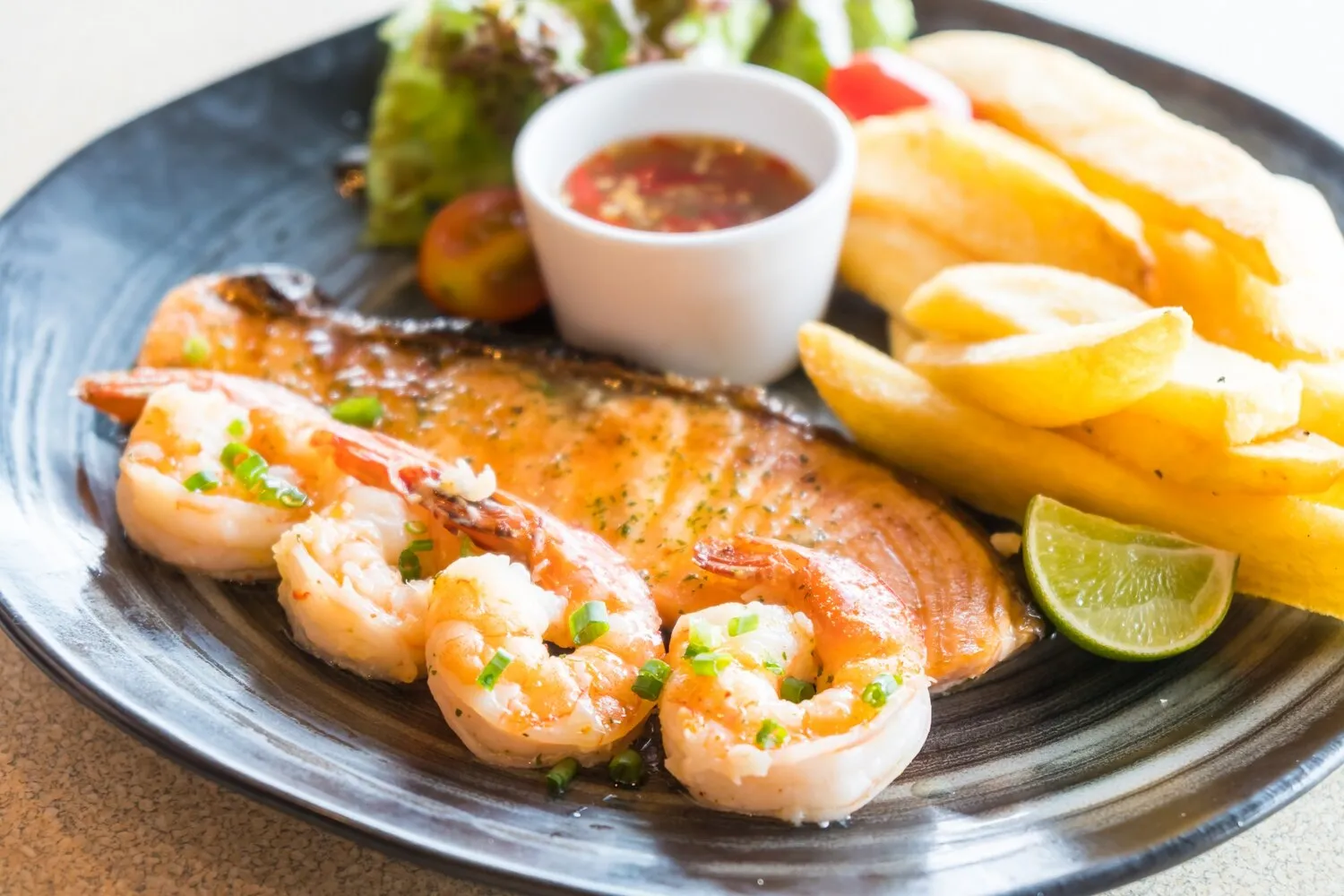
Duck Breast
Pan-seared duck breast prepared with seasonal accompaniments.
Nutrition Facts
* The % Daily Value (DV) tells you how much a nutrient in a serving of food contributes to a daily diet. 2,000 calories a day is used for general nutrition advice.
Badgers
Duck has been a staple in French cuisine for centuries, particularly in regions like the Southwest. Duck confit and foie gras are renowned examples. The preparation of duck breast as a standalone dish, emphasizing a crispy skin and tender meat, gained popularity with the rise of nouvelle cuisine, which emphasized lighter, fresher ingredients and innovative cooking techniques.
Duck breast, while not as deeply ingrained in specific traditions as some other duck preparations, represents a refined and elegant approach to enjoying duck. It's often featured on menus for special occasions and fine dining experiences.
Celebratory Meal
Duck breast is frequently served at celebratory meals, such as birthdays, anniversaries, or holidays. Its rich flavor and sophisticated presentation make it a suitable choice for special occasions.
Regional Variations
While generally associated with French cuisine, regional variations exist. For instance, in Asian-inspired preparations, soy sauce, ginger, and scallions might be used.
Wine Pairing
Duck breast is often paired with red wines, such as Pinot Noir or Burgundy, which complement its richness and savory notes. The wine selection often depends on the specific sauce and garnishes accompanying the dish.
Duck breast offers a rich, savory flavor profile complemented by the sweetness and acidity of seasonal fruits and vegetables. The crispy skin provides a textural contrast to the tender meat.
The duck breast itself boasts a robust, gamey flavor. The rendered fat contributes to a decadent richness. Common flavor pairings include sweet and tart elements such as cherries, berries, figs, oranges, or apples, often incorporated into sauces or garnishes. Herbs like thyme, rosemary, and sage are frequently used to enhance the savory notes. Root vegetables like potatoes, parsnips, and carrots provide earthy sweetness. The preparation aims for a balance of richness, acidity, and sweetness.
Scoring the Skin
Score the duck breast skin in a crosshatch pattern without cutting into the flesh. This helps render the fat evenly and achieve crispy skin.
Cold Pan Start
Place the duck breast skin-side down in a cold pan over medium heat. This allows the fat to slowly render out, resulting in crispy skin.
Internal Temperature
Cook the duck breast to an internal temperature of 130-135°F (54-57°C) for medium-rare. Use a meat thermometer to ensure accuracy. Let the duck rest for at least 5-10 minutes before slicing to allow the juices to redistribute.
Reverse Sear
Another technique is the reverse sear. Start by cooking the duck breast at a lower temperature (around 275F) in the oven until it reaches about 115F internally. Then, sear skin-side down in a hot pan for about 3-4 minutes to crisp up the skin.
Explore additional Modern Cuisine dishes and restaurants
Explore Modern CuisineDiscover top dining spots and culinary experiences in Durban.
Explore DurbanLearn more about the food culture, restaurant scene, and culinary heritage of South Africa.
Explore South Africa